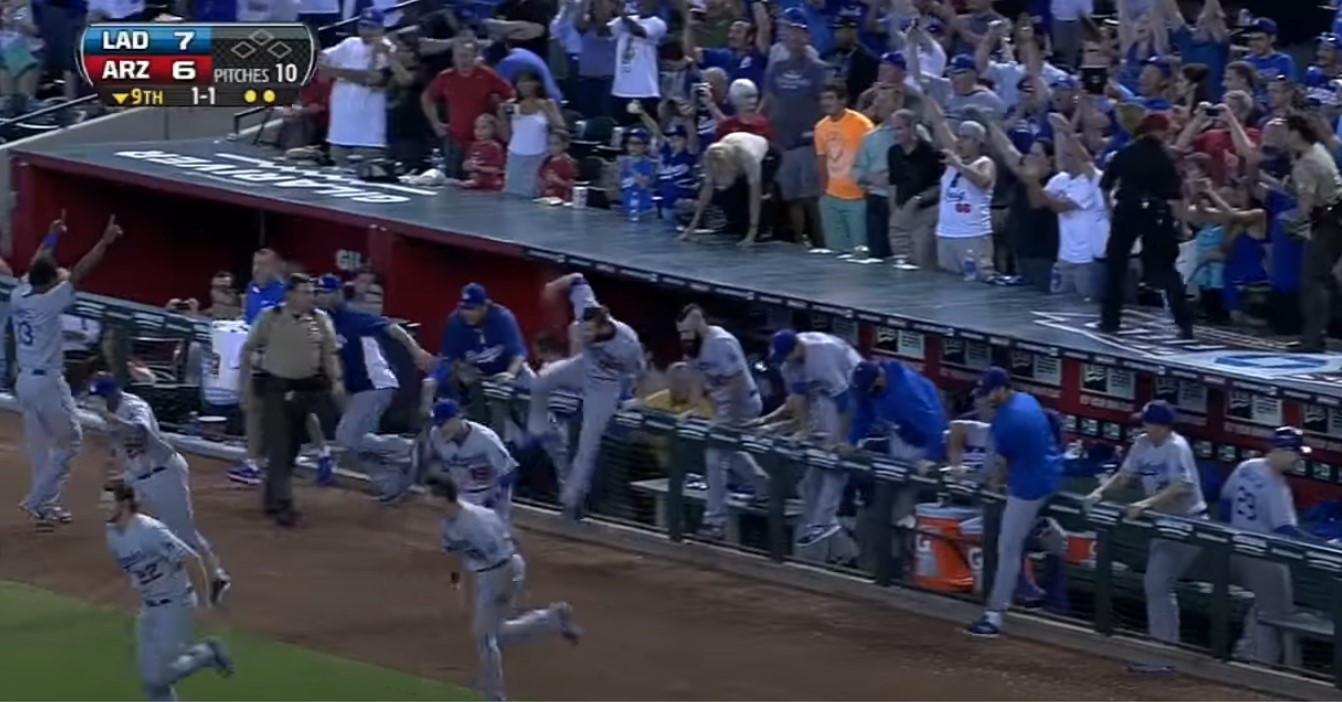With Kenley Jansen’s Struggles, the Dodgers Have a Closer Crisis
By blowing out the Padres to sweep the Division Series and advance to the National League Championship Series against the Braves, the Dodgers were able to skirt the matter, but by now it’s apparent that for as strong as they have looked thus far in the postseason, they have a closer problem. Manager Dave Roberts has spent the past four weeks limiting Kenley Jansen’s exposure, even in save situations, and in Game 2 of the series, had to go so far as to pull the 33-year-old three-time All-Star because things were getting out of hand; in the end, the Dodgers barely escaped that game with a 6-5 victory. Because he had pitched two days in a row, Jansen was deemed unavailable for Game 3, but even with a vote of confidence, the question of how much longer he’ll be the automatic choice to shut the door will linger.
In the grand scheme, Jansen is an incredible success story, a Curaçao-born converted catcher who spent his first eight major league seasons utterly dominating hitters; for the 2010-17 span, he struck out 40.1%, walked 6.8%, and posted a 2.08 ERA and 1.84 FIP, numbers that put him on the same tier as Aroldis Chapman, Craig Kimbrel and nobody else as far as sustained success for the period. His recent seasons have been rocky, however. In 2018, he posted career worsts in ERA and FIP (3.01 and 4.03) in a season interrupted by a bout of atrial fibrillation and then issues finding the right level of medication; in late November, he underwent an ablation procedure. In 2019, as his velocity continued to wane, he set new career worsts with a 3.71 ERA and eight blown saves, three more than he had in the previous two seasons combined.
Jansen reported late to summer camp due to a positive test for COVID-19, but was ready in time to start the season, and in fact pitched well into early September. In his first 17 innings, he posted a 1.04 ERA and 3.01 FIP, with a 35.8% strikeout rate — higher than it had been since 2017 — while converting 10 out of 11 save chances. Then came an unsettling pair of outings. On September 8 against the Diamondbacks, he entered with two outs in the ninth inning of a tie game, escaped via a weird stolen base-error-baserunning blunder sequence by Tim Locastro, and after the Dodgers scored four runs in the top of the 10th, gave three back in the bottom of the inning before getting the final out. Read the rest of this entry »


